IRG1 has developed a computational framework for understanding how nanoparticles (NPs) assemble at the interface between two immiscible fluids.
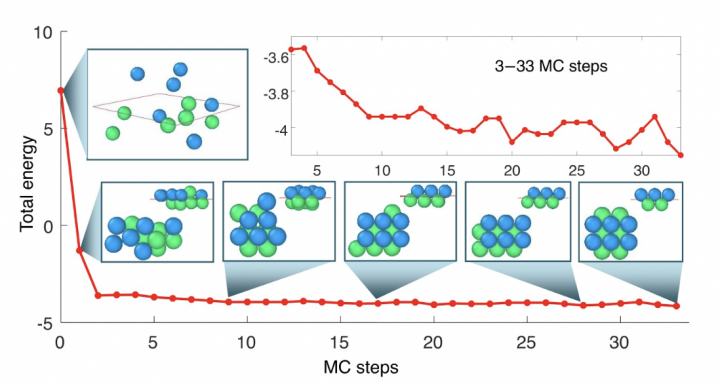
IRG1 has developed a computational framework for understanding how nanoparticles (NPs) assemble at the interface between two immiscible fluids.
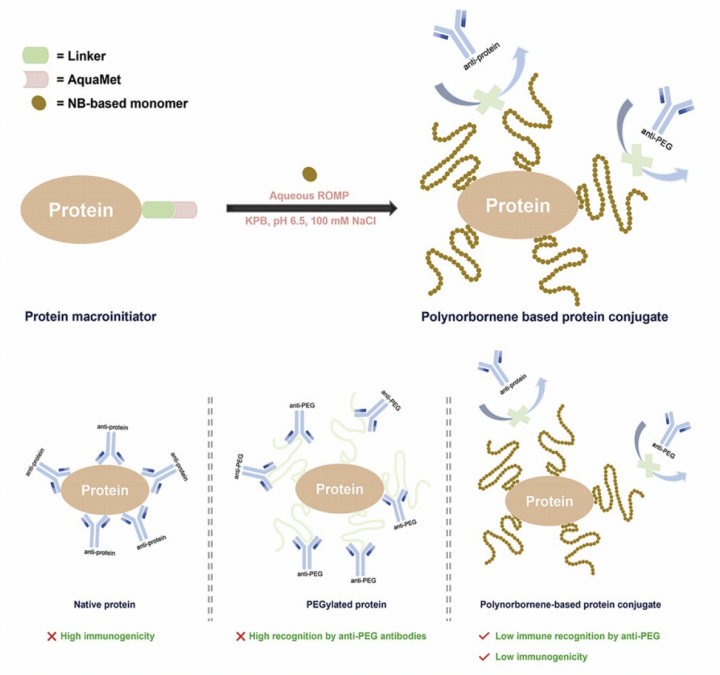
This is the first demonstration of living ring opening metathesis polymerization (ROMP) from a biological substrate.
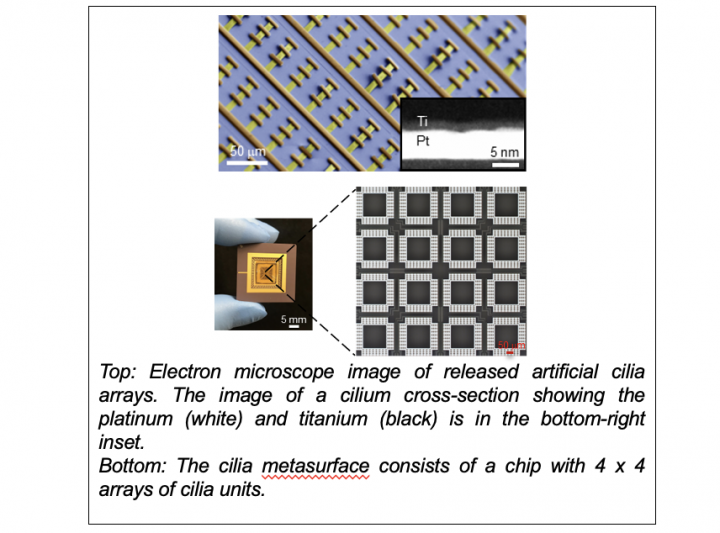
Many organisms use cilia to control fluids at the microscale. Engineering a cilia platform with comparable capabilities, however, has remained elusive. Now, Cornell researchers have taken a step towards such systems by creating electronically-actuated artificial cilia that can create arbitrary flow patterns in liquids near a surface.
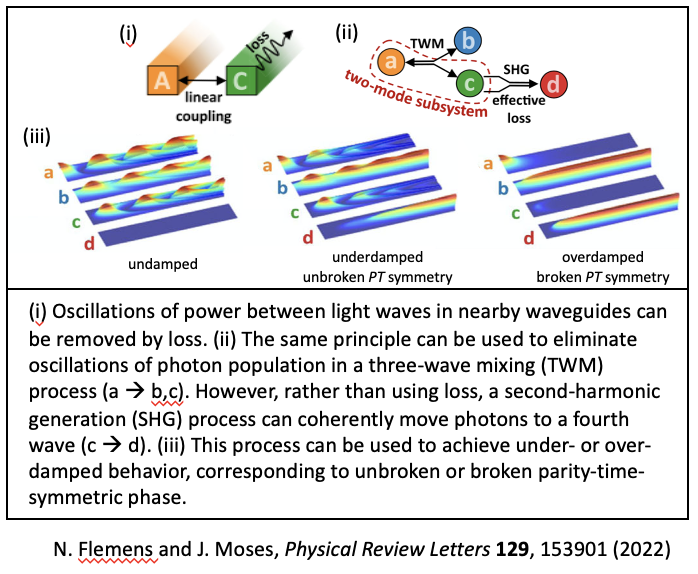
Normally, unwanted oscillations are removed from a dynamical system through the introduction of energy loss. In materials used for moving photons between light waves of different frequencies – a key process, e.g., for transfer of information between nodes of a quantum network – unwanted oscillations between photon populations can limit device efficiency and cause instability and noise.
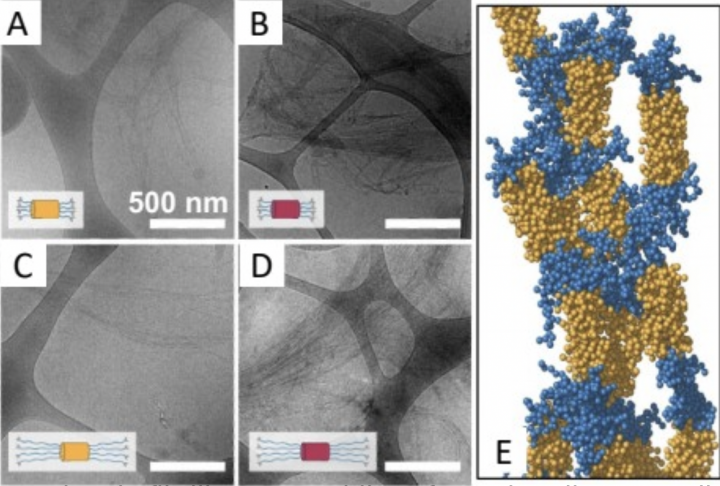
The ability to thermally trigger a conformational changeand collapse in a constituent resilin-like protein (RLP) providesthe opportunity to build, and eventually move, a bundlemer nanostructure.
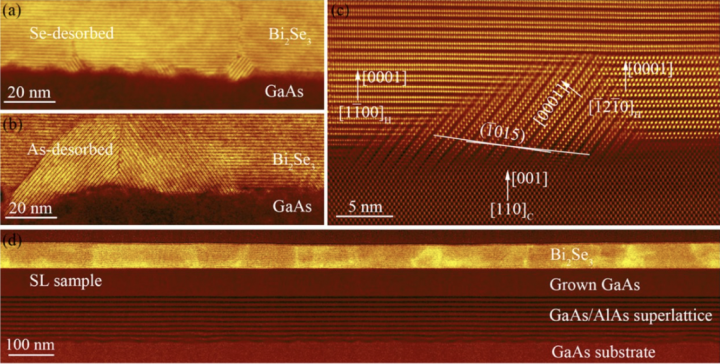
This work demonstrates that the TI vdW material Bi2Se3 can be grown as a single-crystalline single-orientation film on semiconductor substrates with appropriate substrate pre-treatment conditions.
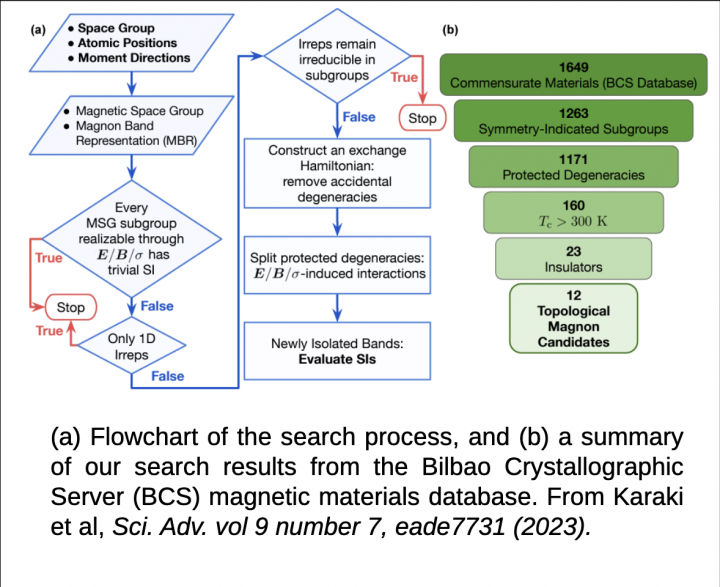
IRG-2 developed a symmetry-based approach that uses only few inputs, to carry out an efficient yet systematic search for topological magnons in magnetic insulators. Robust against disorders and decoherence, they serve as potential platforms for magnon-based spintronic devices.
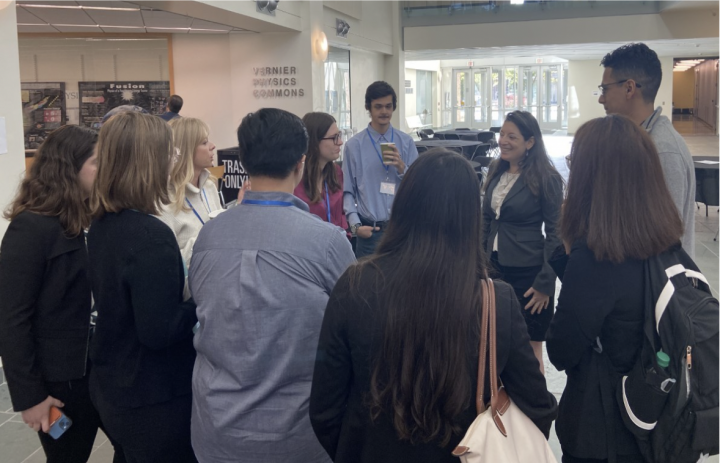
The Ohio State University and University of California, Santa Barbara MRSECS partnered to host the Conference Across MRSECs and PREMs (CAMPS) in October 2022.
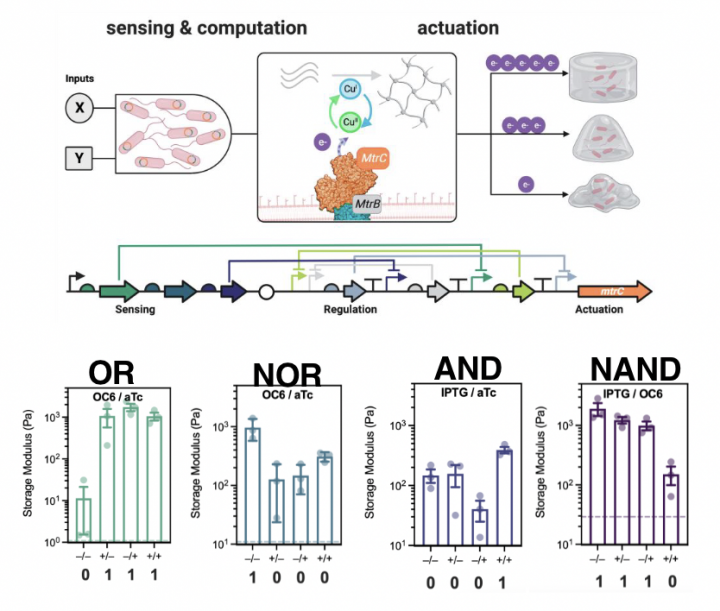
Living polymer networks, including tissues andbiofilms, actively respond to complex combinations ofenvironmental inputs, leading to differentiation,regeneration, and development.
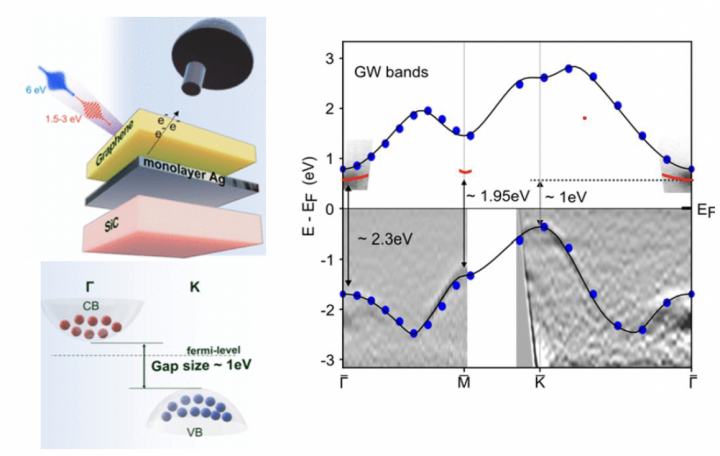
By mapping momentum-resolved electronic states using time-resolved and angle-resolved photoemission spectroscopy, researchers recently revealed that monolayer Ag confined between bilayer graphene and SiC is a large gap (>1 eV) 2D semiconductor, consistent with ab initio GW calculations.